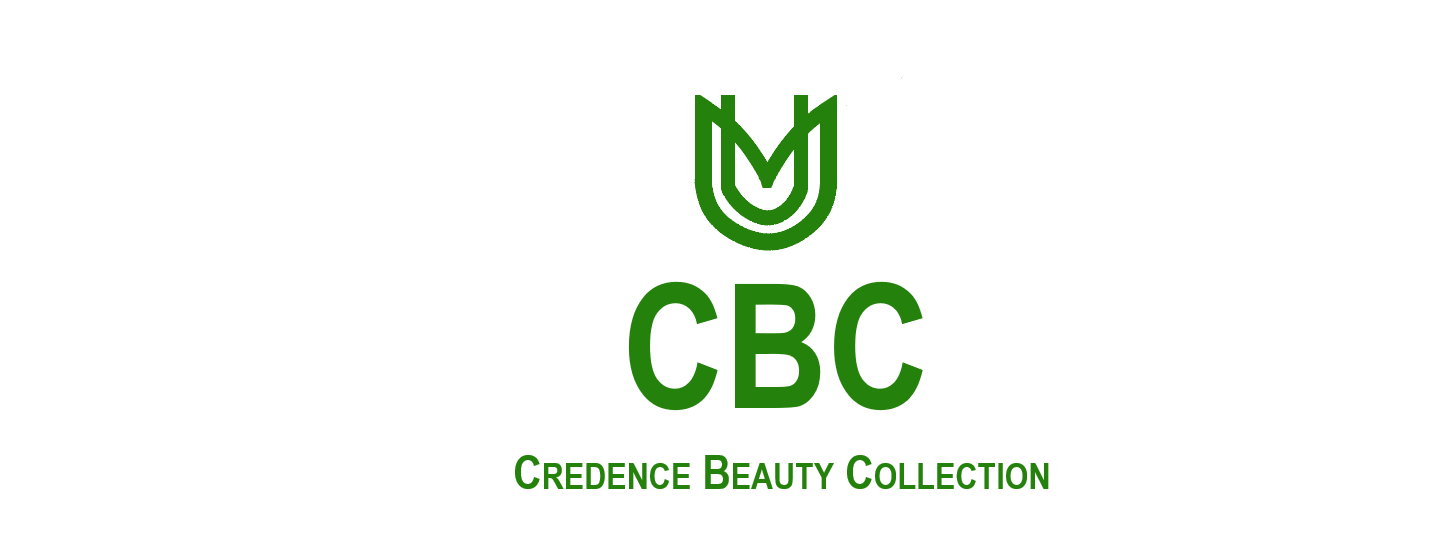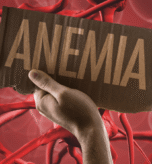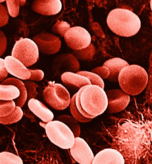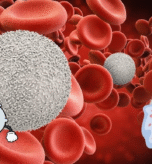The beauty industry is a multi-billion-dollar market that offers a vast array of products promising to enhance our physical appearance. However, behind the glamorous façade, lies a harsh reality. The production, packaging, and disposal of beauty products have a significant impact on the environment. In this article, we will delve into the ways in which beauty products affect the environment and explore sustainable alternatives.
The Environmental Impact of Beauty Products
- Water Pollution: Many beauty products contain chemicals that can contaminate waterways. For example, microbeads, found in exfoliating scrubs, can enter rivers and oceans, harming aquatic life.
- Packaging Waste: The beauty industry generates a staggering amount of packaging waste. Plastic bottles, tubes, and containers contribute to the already overwhelming plastic pollution problem.
- Chemical Runoff: Fertilizers and pesticides used in the cultivation of ingredients, such as palm oil and soybeans, can runoff into waterways, causing harm to ecosystems.
- Greenhouse Gas Emissions: The production and transportation of beauty products require energy, resulting in greenhouse gas emissions that contribute to climate change.
- Resource Depletion: The demand for certain ingredients, such as water and land, can lead to resource depletion and habitat destruction.
The Most Environmentally Harmful Beauty Products
- Shampoos and Conditioners: These products contain surfactants, which can harm aquatic life.
- Exfoliating Scrubs: Microbeads, found in many exfoliating scrubs, contribute to plastic pollution.
- Nail Polishes: Many nail polishes contain toluene, formaldehyde, and dibutyl phthalate (DBP), which are toxic to humans and the environment.
- Skin Care Products: Some skin care products contain palm oil, which contributes to deforestation and habitat destruction.
Sustainable Alternatives
- Choose Eco-Friendly Brands: Opt for brands that use natural ingredients, minimal packaging, and sustainable practices.
- Buy in Bulk: Purchasing products in bulk reduces packaging waste.
- Select Refillable Products: Choose products with refillable containers to reduce waste.
- Make Your Own Beauty Products: Consider making your own beauty products using natural ingredients to reduce packaging waste and avoid harsh chemicals.
- Support Cruelty-Free and Vegan Brands: Choose brands that do not test on animals and offer vegan options to reduce harm to animals and the environment.
What Can You Do?
- Recycle: Recycle your beauty product packaging whenever possible.
- Properly Dispose of Hazardous Waste: Dispose of hazardous waste, such as nail polish and chemicals, according to local regulations.
- Support Environmental Initiatives: Support organizations working to reduce waste and promote sustainability in the beauty industry.
- Educate Yourself: Stay informed about the environmental impact of beauty products and make informed choices.
Conclusion
The beauty industry’s impact on the environment is a pressing concern. By choosing eco-friendly brands, reducing packaging waste, and supporting sustainable practices, we can make a positive difference. Remember, every small change counts, and together, we can create a more sustainable future for our planet.



